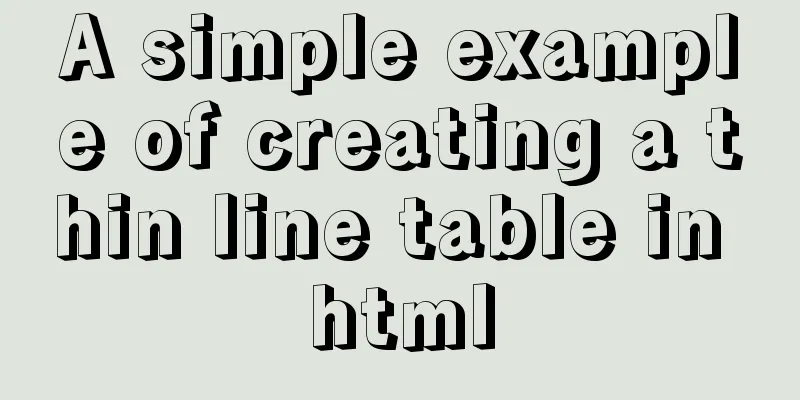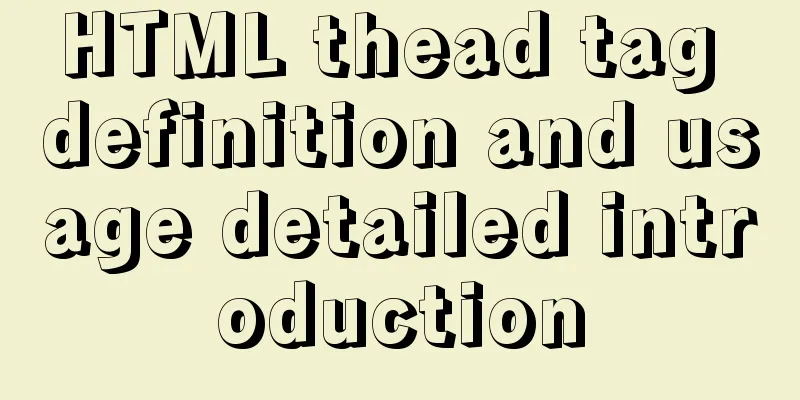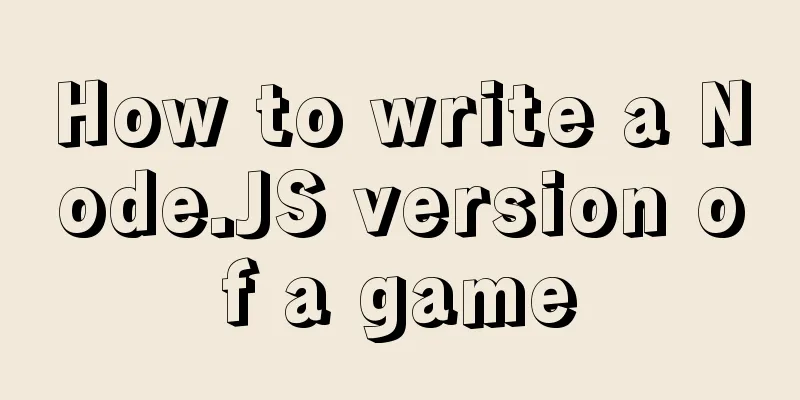Example code for implementing triangles and arrows through CSS borders

|
1. CSS Box Model The box includes: margin, border, padding, content <div class="triangle"></div> <div class="arrow"></div> **Example 1, **Generally, after setting the height, width and border, the box will appear as follows:
.triangle {
width: 25px;
height: 25px;
overflow: hidden;
font-size: 0;
line-height: 0;
border-width: 50px;
border-style: solid;
border-color: rgb(235, 54, 241) rgb(86, 245, 139) rgb(76, 0, 255) rgb(46, 205, 245);
}Note: overflow, font-size, and line-height are set because IE6 will have the default font size and line height, causing the box to appear as a stretched long rectangle. Example 2: After setting the width and height in Example 1 to 0, the box appears as follows:
.triangle {
width: 0;
height: 0;
overflow: hidden;
font-size: 0;
line-height: 0;
border-width: 50px;
border-style: solid;
border-color: rgb(235, 54, 241) rgb(86, 245, 139) rgb(76, 0, 255) rgb(46, 205, 245);
}At this point, you can see that the box is made up of four triangles. If you keep only one color and set the other three colors to be transparent or the same color as the background, you can achieve a triangle. Depending on the edges you choose to leave in different positions, you can present triangles with different orientations. Example 3: Keep only the bottom edge
.triangle {
width: 0;
height: 0;
overflow: hidden;
font-size: 0;
line-height: 0;
border-width: 50px;
border-style: solid;
border-color: transparent transparent rgb(76, 0, 255) transparent;
}Example 4: The width and height in Example 3 are retained to obtain a trapezoid
width: 0; height: 0; Example 5: Implementing Arrows The arrow is actually achieved by stacking two triangles at an offset position. The following style implements an upward arrow:
. arrow {
position: absolute;
}
. arrow:before,. arrow:after{
position: absolute;
content: '';
border-top: 10px transparent solid;
border-left: 10px transparent solid;
border-right: 10px transparent solid;
border-bottom: 10px #fff solid;
}
. arrow:before{
border-bottom: 10px #0099CC solid;
}
. arrow:after{
top: 1px; /*Override and stagger 1px*/
border-bottom: 10px #fff solid;
}Summarize The above is the example code that I introduced to you to realize triangles and arrows through CSS borders. I hope it will be helpful to you. If you have any questions, please leave me a message and I will reply to you in time. I would also like to thank everyone for their support of the 123WORDPRESS.COM website! |
<<: Detailed explanation of the misunderstanding between MySQL and Oracle
>>: Summary of clipboard.js usage
Recommend
Several principles for website product design reference
The following analysis is about product design pr...
Using Docker Enterprise Edition to build your own private registry server
Docker is really cool, especially because it'...
CSS3+HTML5+JS realizes the shrinking and expanding animation effect of a block
When I was working on a project recently, I found...
How to configure VMware virtual machine NAT mode
This article describes the VMware virtual machine...
Vue imports excel table, and automatically downloads the data that failed to import
There is such a requirement: an import button, cl...
In-depth analysis of MySQL from deleting the database to running away_Advanced (I) - Data Integrity
1. Introduction to Data Integrity 1. Introduction...
Hide HTML elements through display or visibility
Sometimes we need to control whether HTML elements...
Logrotate implements Catalina.out log rotation every two hours
1. Introduction to Logrotate tool Logrotate is a ...
Newbies quickly learn the steps to create website icons
<br />Original URL: http://www.lxdong.com/po...
JavaScript implements the most complete code analysis of a simple magnifying glass (ES5)
This article shares the specific code of JavaScri...
How to implement controllable dotted line with CSS
Preface Using css to generate dotted lines is a p...
JavaScript css3 to implement simple video barrage function
This article attempts to write a demo to simulate...
Summary of MySQL usage specifications
1. InnoDB storage engine must be used It has bett...
Detailed steps to install Mysql5.7.19 using yum on Centos7
There is no mysql by default in the yum source of...
How to configure Nginx to split traffic based on the last segment of the request IP
It is mainly the configuration jump of the if jud...





![Use crontab command in Linux environment to set up scheduled periodic execution tasks [including PHP execution code]](/upload/images/67cae6784bd0d.webp)








